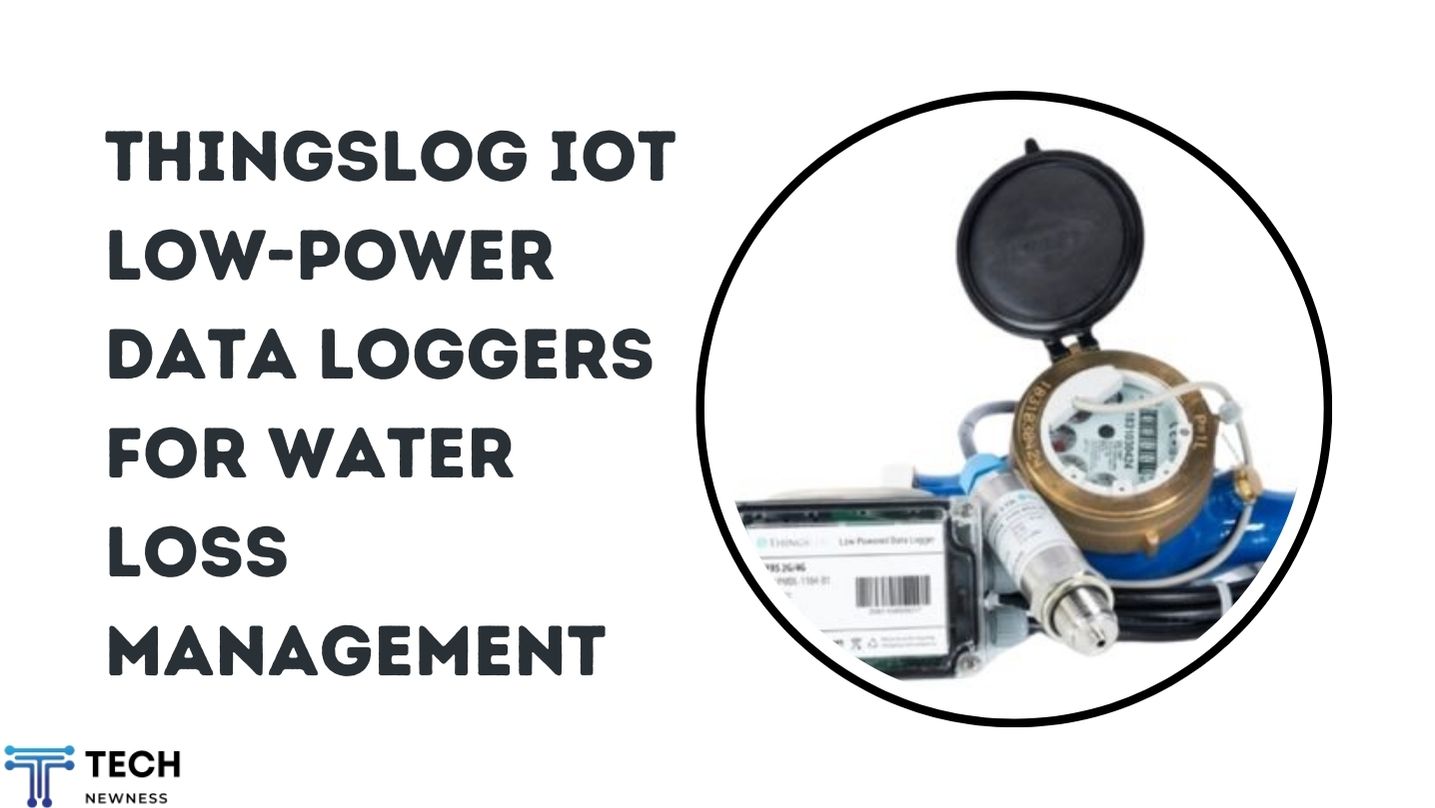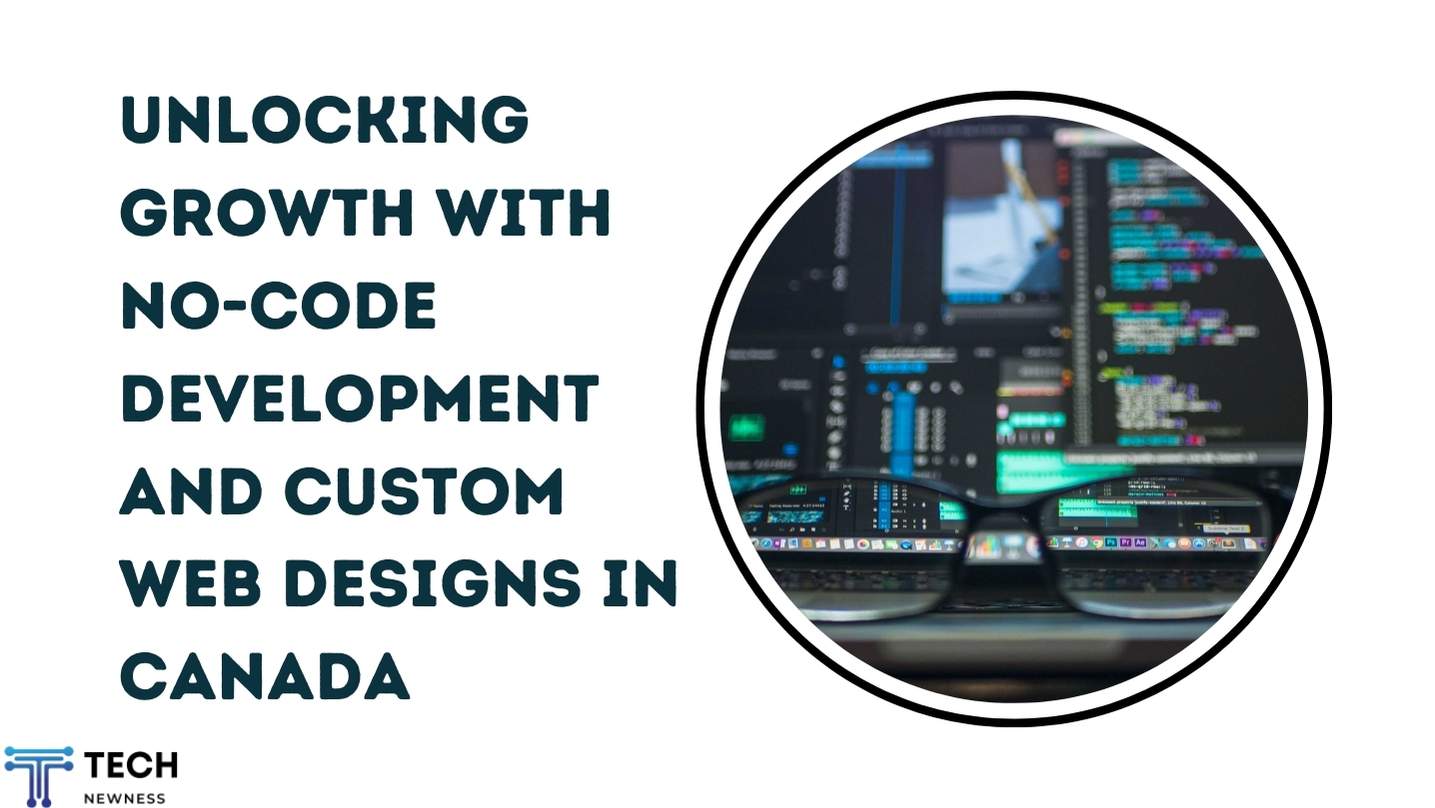Java remains a powerhouse in the world of software development, powering everything from enterprise-level applications to mobile apps. As technology evolves, so do the tools and frameworks that make Java development more efficient, scalable, and robust. In 2024, choosing the right Java framework is more crucial than ever, as it can significantly impact your project’s success. This article explores the best 7 Java frameworks that are leading the industry in 2024.
List of the 7 Best Java Frameworks
1. Spring Framework
Overview of Spring Framework
The Spring Framework has long been a cornerstone of Java development, known for its comprehensive ecosystem and flexibility. Spring simplifies enterprise Java development and promotes good design practices such as dependency injection.
Key Features of Spring Framework
- Dependency Injection: Spring’s dependency injection feature allows developers to create loosely coupled applications, making it easier to manage and test the code.
- Aspect-Oriented Programming: This feature helps in separating cross-cutting concerns like logging and security from the business logic.
- Spring Boot: A subproject of Spring, Spring Boot enables the creation of stand-alone, production-ready applications with minimal configuration.
Use Cases and Applications
Spring is widely used in large-scale enterprise applications, microservices architectures, and even in cloud-based applications due to its modularity and extensive community support.
2. Hibernate
Overview of Hibernate
Hibernate is a powerful object-relational mapping (ORM) framework for Java. It abstracts the complexities of database interactions, allowing developers to focus on the business logic.
Key Features of Hibernate
- Object-Relational Mapping (ORM): Hibernate maps Java objects to database tables, simplifying the database operations.
- Lazy Loading: This feature allows the loading of data only when it’s actually needed, improving application performance.
- Caching Mechanisms: Hibernate’s caching strategies help in optimizing database queries, reducing the load on the database.
Use Cases and Applications
Hibernate is particularly popular in projects that require heavy database interaction, such as enterprise applications, where managing complex database relationships is crucial.
3. Jakarta EE
Overview of Jakarta EE
Jakarta EE, the evolution of Java EE, is an enterprise-grade framework that offers a set of specifications for building large-scale, reliable, and secure applications.
Key Features of Jakarta EE
- Enterprise-Grade Features: Jakarta EE provides a robust set of APIs and tools for building scalable and secure applications.
- Cloud-Native Development: With its modernized specifications, Jakarta EE supports cloud-native application development, making it a top choice for enterprises moving to the cloud.
Use Cases and Applications
Jakarta EE is ideal for developing large-scale enterprise applications that require high security, scalability, and reliability, particularly in cloud environments.
4. Apache Struts
Overview of Apache Struts
Apache Struts is a robust framework that follows the Model-View-Controller (MVC) architecture, simplifying the development of web applications.
Key Features of Apache Struts
- MVC Architecture: Struts efficiently separates the application’s logic, user interface, and data, making it easier to manage and scale.
- Plugin Support: The framework’s plugin architecture allows developers to extend its functionality with ease.
Use Cases and Applications
Struts is commonly used in building enterprise-level web applications, where maintainability and scalability are critical.
5. Grails
Overview of Grails
Grails is a Groovy-based framework that leverages the best practices of Spring and Hibernate, providing a rapid development environment.
Key Features of Grails
- Groovy-Based Framework: Grails uses Groovy, a dynamic language that simplifies Java syntax, making development faster and more intuitive.
- Integrated ORM: With GORM (Grails Object Relational Mapping), Grails simplifies database interactions, much like Hibernate.
Use Cases and Applications
Grails is perfect for rapid application development, especially in environments where quick iterations and agile methodologies are in use.
6. Vaadin
Overview of Vaadin
Vaadin is a unique Java framework that focuses on building modern web applications with a rich user interface, using a server-side architecture.
Key Features of Vaadin
- Server-Side Architecture: Vaadin handles most of the application logic on the server side, reducing the complexity of client-side development.
- Rich UI Components: Vaadin provides a wide range of pre-designed UI components, making it easier to build interactive web applications.
Use Cases and Applications
Vaadin is ideal for building data-driven, enterprise-grade web applications with complex user interfaces, such as dashboards and admin panels.
7. Micronaut
Overview of Micronaut
Micronaut is a modern, JVM-based framework designed for building modular, easily testable microservices and serverless applications.
Key Features of Micronaut
- Ahead-of-Time Compilation: Micronaut performs dependency injection at compile-time rather than runtime, reducing startup time and memory consumption.
- Reactive Programming Support: Micronaut supports reactive programming, which is essential for building scalable and responsive applications.
Use Cases and Applications
Micronaut is an excellent choice for microservices architecture, serverless applications, and other performance-critical projects where startup time and resource efficiency are paramount.
Conclusion
Choosing the right Java framework in 2024 depends largely on the specific needs of your project. Whether you’re building a large-scale enterprise application, a microservice, or a modern web application, there’s a Java framework that can make your development process smoother, faster, and more efficient. Spring and Hibernate remain top choices for many developers, but newer frameworks like Micronaut and Vaadin are also making waves with their modern approaches.
FAQs
What is the most popular Java framework in 2024?
The Spring Framework continues to be the most popular Java framework in 2024, thanks to its comprehensive ecosystem and flexibility.
Which Java framework is best for beginners?
Spring Boot is often recommended for beginners due to its simplicity and extensive documentation.
Can I use multiple Java frameworks in a single project?
Yes, it’s common to combine multiple Java frameworks in a single project, such as using Hibernate for ORM with Spring for the application framework.
How do I choose the right Java framework for my project?
Consider your project’s specific requirements, such as the need for scalability, speed, or ease of use, and match those with the features of the available frameworks.
Are Java frameworks still relevant in 2024?
Absolutely! Java frameworks continue to evolve, offering modern features and tools that are essential for building robust applications in 2024.
See Also: @OneFramework.net: The Ultimate Guide to Web Development





